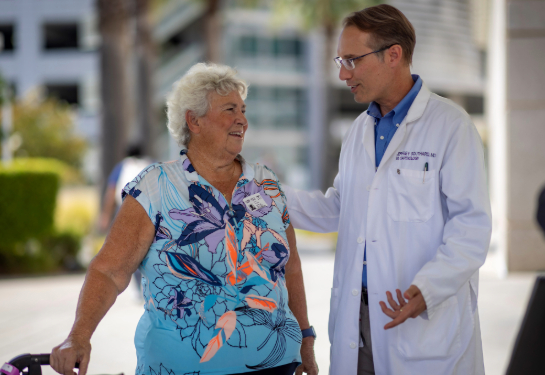Pacemaker
Our heart and vascular specialists can treat heart conditions with a pacemaker to keep your heart beating properly.
Medically reviewed by M. Bilal Munir, M.D. on July 15, 2025.
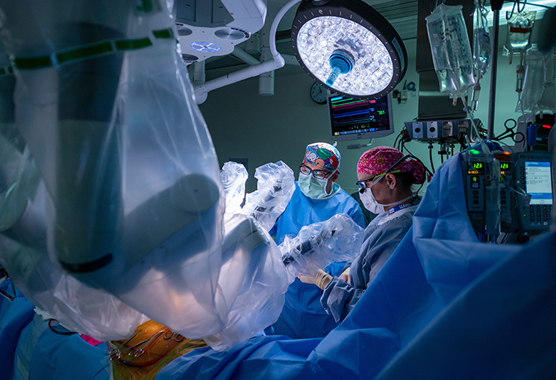
Highly Trained Specialists in Pacemaker Insertion
Our heart and vascular experts are widely recognized for their skill in treating heart conditions, including abnormal heart rhythms (arrhythmias) and heart failure. We have in-depth experience inserting small implantable devices (pacemakers) to regulate your heartbeat and help you feel better.
U.S. News & World Report ranks our cardiology and heart surgery programs among the top 20 in the country. Our innovative treatments, including state-of-the-art pacemakers, will help get you back to enjoying your life again.
Types of Pacemakers
At UC Davis Health, we offer different types of pacemakers for various heart conditions. Traditional pacemakers deliver low-energy electrical pulses through tiny wires (leads) into one or more chambers of your heart. Wireless (leadless) pacemakers send these electrical pulses to your heart without wires.
When your heart beats abnormally (too slow or too fast), the electrical impulses help your heartbeat return to normal.
Specific types of pacemakers include:
Single-Chamber Pacemaker
This type of pacemaker sends electrical signals to one chamber of your heart, usually the lower right chamber (right ventricle).
Dual-Chamber Pacemaker
This kind of pacemaker sends electrical signals to two chambers of your heart, usually one in the right ventricle and one in the upper right chamber (right atrium).
Biventricular Pacemaker (Cardiac Resynchronization Therapy)
This pacemaker sends electrical impulses to the right atrium and both the right and left ventricles.
Leadless Pacemaker
We place this wireless pacemaker into your heart through a small tube (catheter) inserted into a vein. This pacemaker delivers pulses to your right ventricle.
Dual Chamber Leadless Pacemaker
This relatively new type of heart pacing device consists of two separate, leadless units. It’s implanted directly into the heart chambers, one in the atrium and one in the ventricle.
Request an Appointment
As Sacramento's No. 1 hospital, you'll benefit from unique advantages in primary care and specialty care. This includes prevention, diagnosis and treatment options from experts in 150 specialties.
Referring Physicians
To refer a patient, submit an electronic referral form or call.
800-4-UCDAVIS
Patients
Call to make an appointment.
Consumer Resource Center
800-2-UCDAVIS
Before you get a pacemaker, your provider will talk to you about what to expect and how to prepare. It’s important to follow their instructions before, during, and after the procedure to ensure the best outcome.
-

Before Getting a Pacemaker
Before we insert a pacemaker, we clean your chest and insert an IV into your forearm with medication to relax you. We use local anesthesia to numb the area for pacemaker insertion. You will usually be lightly sedated or fully awake during the procedure. If we do a surgical placement of the pacemaker, we may put you to sleep (general anesthesia).
-

During the Procedure
For a pacemaker with wires, we use one of two approaches. If we use the transvenous approach, we insert the wires into a vein near your collarbone. If we use the epicardial approach, we make a small chest incision and insert the wires through the incision. In both procedures, we attach one end of each wire to the inside of your heart. The other end of each wire attaches to the part of the pacemaker that sends electric pulses (pulse generator).
In the transvenous approach, we place the pulse generator under your skin in your upper chest. In the epicardial approach, we place the pulse generator under your abdomen skin.
For a leadless pacemaker, we insert it through a catheter into a blood vessel in your groin and guide the pacemaker to your heart.
-
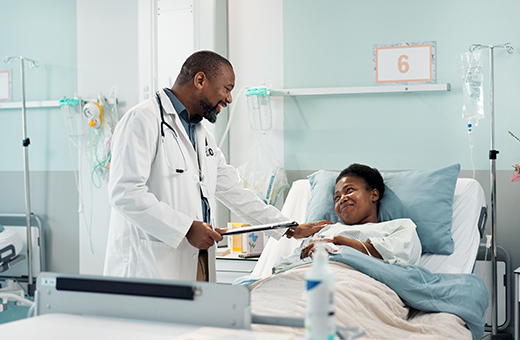
After the Procedure
You will likely spend about a day recovering in the hospital after we place your pacemaker. We will monitor your heartbeat and make sure the pacemaker works correctly. We may also use an X-ray and an electrocardiogram (EKG) to check on the pacemaker’s placement and look at your heart rhythm.
Home Care After Getting a Pacemaker
When you arrive home after getting a pacemaker, you will want to take it easy for a while. Your recovery time will depend on the type of procedure you had and your overall health.
Practice Device Safety
You’ll need to stay away from items with strong magnetic or electrical fields, such as MRIs, and to keep mobile phones at least 6 inches away from your pacemaker.
Avoid Heavy Lifting and Exercise
Don’t lift heavy items or do strenuous exercise for at least a few weeks after your procedure. This gives your body a chance to recover properly.
Get Regular Checkups
See your provider every 3 to 6 months to check your pacemaker. Many times, we can check your pacemaker remotely, with no need for an in-person visit.
When to Contact Your Provider
Contact your provider as soon as possible if you notice symptoms including chest pain or pressure; nausea, vomiting, dizziness, or fainting; itching, swelling, pus, or bleeding at the procedure site; signs of infection, such as chills or fever; or heart palpitations.

Ranked among the nation’s best hospitals
A U.S. News & World Report best hospital in cardiology, heart & vascular surgery, diabetes & endocrinology, ENT, geriatrics, neurology & neurosurgery, and pulmonology & lung surgery.

Ranked among the nation’s best children’s hospitals
U.S. News & World Report ranked UC Davis Children’s Hospital among the best in pediatric nephrology, orthopedics*, and pulmonology & lung surgery. (*Together with Shriners Children’s Northern California)

Ranked Sacramento’s #1 hospital
Ranked Sacramento’s #1 hospital by U.S. News, and high-performing in aortic valve surgery, back surgery (spinal fusion), COPD, colon cancer surgery, diabetes, gynecological cancer surgery, heart arrhythmia, heart failure, kidney failure, leukemia, lymphoma & myeloma, lung cancer surgery, pacemaker implantation, pneumonia, prostate cancer surgery, stroke, TAVR, cancer, orthopedics, gastroenterology & GI surgery, and urology.
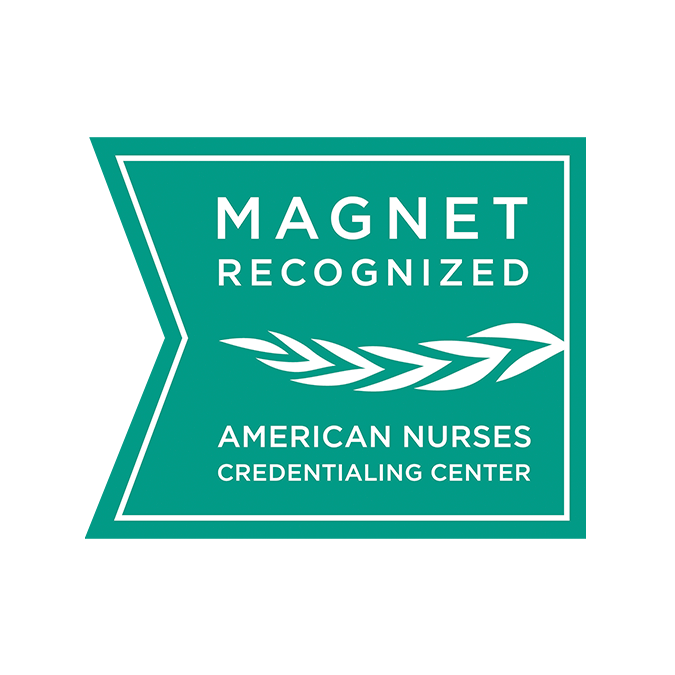
The nation’s highest nursing honor
UC Davis Medical Center has received Magnet® recognition, the nation’s highest honor for nursing excellence.
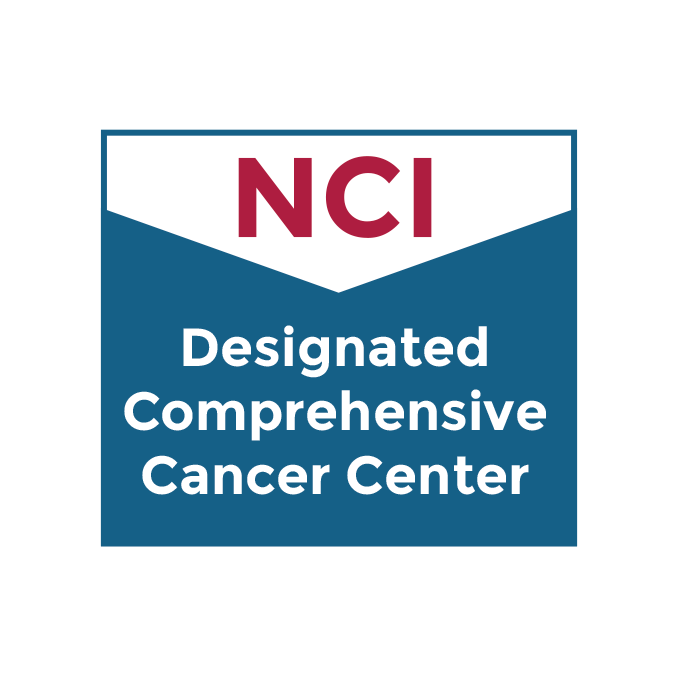
World-class cancer care
One of ~59 U.S. cancer centers designated “comprehensive” by the National Cancer Institute.

A leader in health care equality
For the 13th consecutive year, UC Davis Medical Center has been recognized as an LGBTQ+ Healthcare Equality Leader by the educational arm of America’s largest civil rights organization.

